Gang Guo
An Analysis on Matching Mechanisms and Token Pruning for Late-interaction Models
Mar 20, 2024Abstract:With the development of pre-trained language models, the dense retrieval models have become promising alternatives to the traditional retrieval models that rely on exact match and sparse bag-of-words representations. Different from most dense retrieval models using a bi-encoder to encode each query or document into a dense vector, the recently proposed late-interaction multi-vector models (i.e., ColBERT and COIL) achieve state-of-the-art retrieval effectiveness by using all token embeddings to represent documents and queries and modeling their relevance with a sum-of-max operation. However, these fine-grained representations may cause unacceptable storage overhead for practical search systems. In this study, we systematically analyze the matching mechanism of these late-interaction models and show that the sum-of-max operation heavily relies on the co-occurrence signals and some important words in the document. Based on these findings, we then propose several simple document pruning methods to reduce the storage overhead and compare the effectiveness of different pruning methods on different late-interaction models. We also leverage query pruning methods to further reduce the retrieval latency. We conduct extensive experiments on both in-domain and out-domain datasets and show that some of the used pruning methods can significantly improve the efficiency of these late-interaction models without substantially hurting their retrieval effectiveness.
Study of Proximal Normalized Subband Adaptive Algorithm for Acoustic Echo Cancellation
Aug 14, 2021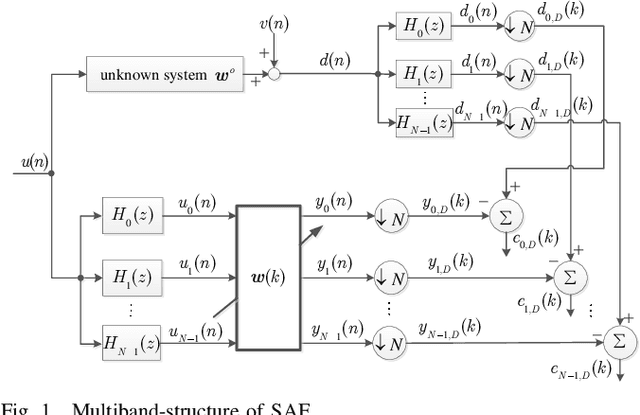
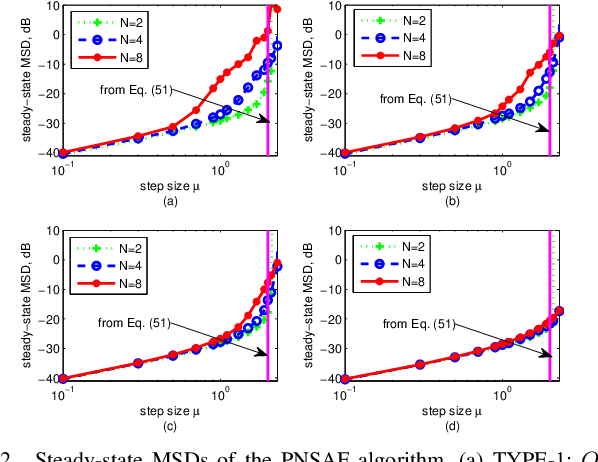
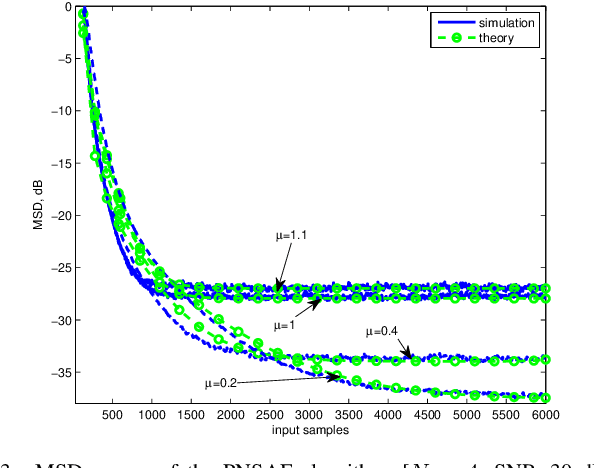
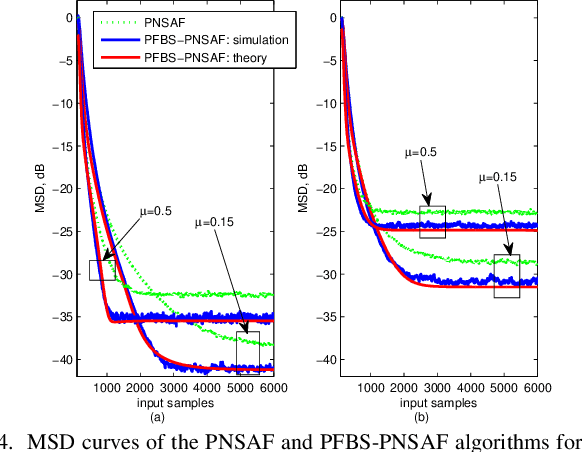
Abstract:In this paper, we propose a novel normalized subband adaptive filter algorithm suited for sparse scenarios, which combines the proportionate and sparsity-aware mechanisms. The proposed algorithm is derived based on the proximal forward-backward splitting and the soft-thresholding methods. We analyze the mean and mean square behaviors of the algorithm, which is supported by simulations. In addition, an adaptive approach for the choice of the thresholding parameter in the proximal step is also proposed based on the minimization of the mean square deviation. Simulations in the contexts of system identification and acoustic echo cancellation verify the superiority of the proposed algorithm over its counterparts.
A Spontaneous Driver Emotion Facial Expression (DEFE) Dataset for Intelligent Vehicles
Apr 26, 2020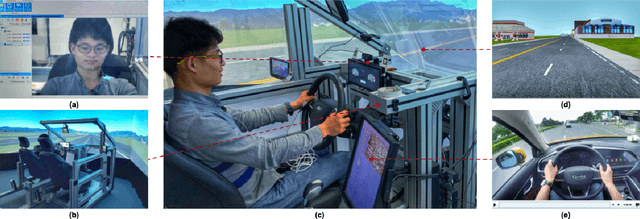
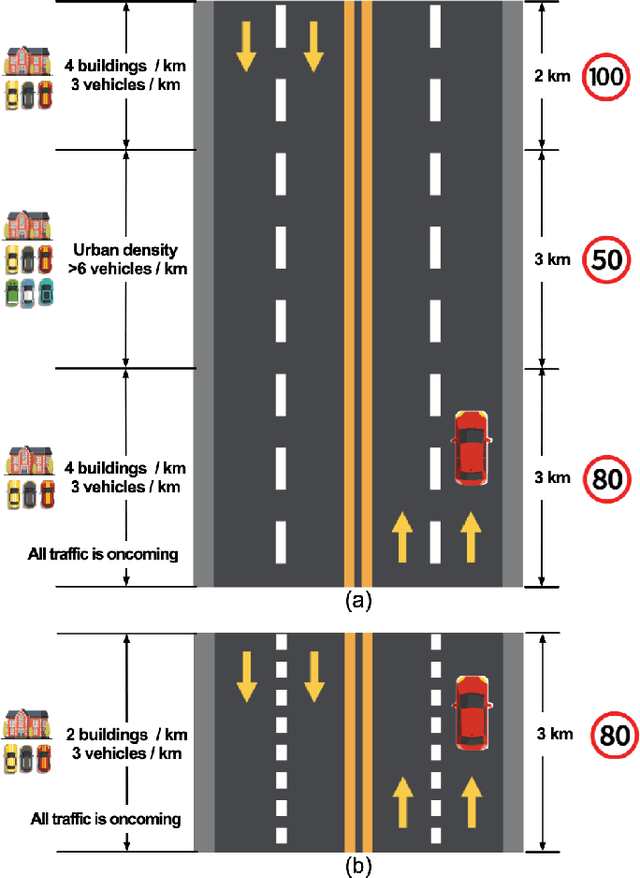
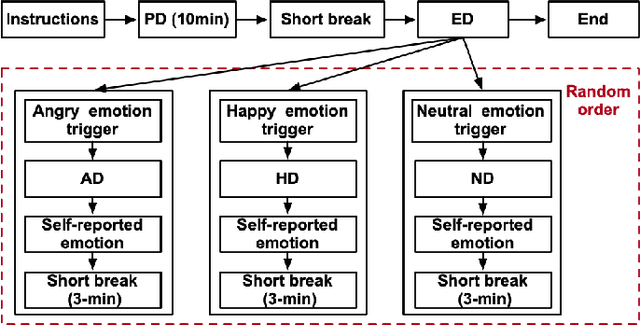

Abstract:In this paper, we introduce a new dataset, the driver emotion facial expression (DEFE) dataset, for driver spontaneous emotions analysis. The dataset includes facial expression recordings from 60 participants during driving. After watching a selected video-audio clip to elicit a specific emotion, each participant completed the driving tasks in the same driving scenario and rated their emotional responses during the driving processes from the aspects of dimensional emotion and discrete emotion. We also conducted classification experiments to recognize the scales of arousal, valence, dominance, as well as the emotion category and intensity to establish baseline results for the proposed dataset. Besides, this paper compared and discussed the differences in facial expressions between driving and non-driving scenarios. The results show that there were significant differences in AUs (Action Units) presence of facial expressions between driving and non-driving scenarios, indicating that human emotional expressions in driving scenarios were different from other life scenarios. Therefore, publishing a human emotion dataset specifically for the driver is necessary for traffic safety improvement. The proposed dataset will be publicly available so that researchers worldwide can use it to develop and examine their driver emotion analysis methods. To the best of our knowledge, this is currently the only public driver facial expression dataset.
pISTA-SENSE-ResNet for Parallel MRI Reconstruction
Sep 24, 2019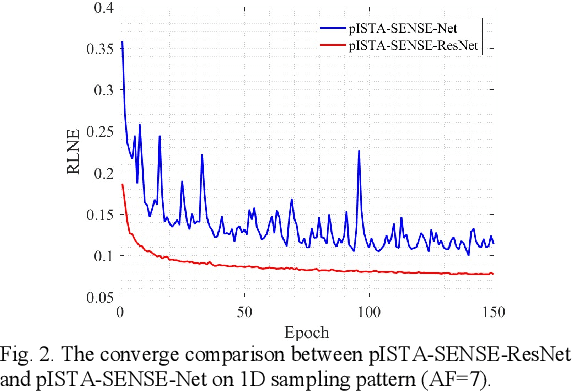
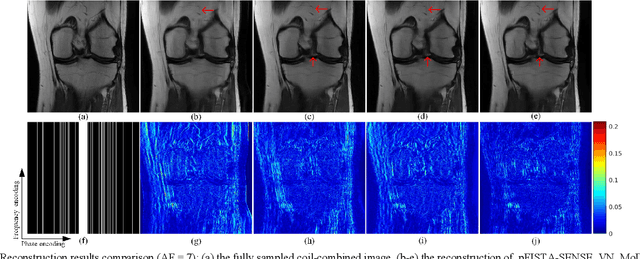
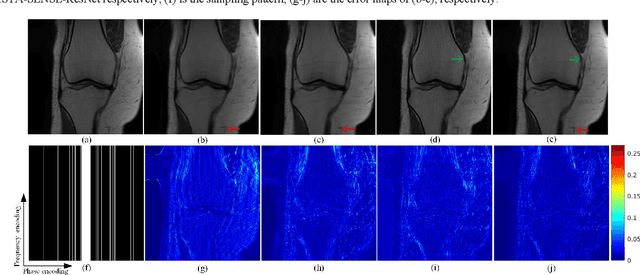

Abstract:Magnetic resonance imaging has been widely applied in clinical diagnosis, however, is limited by its long data acquisition time. Although imaging can be accelerated by sparse sampling and parallel imaging, achieving promising reconstruction images with a fast reconstruction speed remains a challenge. Recently, deep learning approaches have attracted a lot of attention for its encouraging reconstruction results but without a proper interpretability. In this letter, to enable high-quality image reconstruction for the parallel magnetic resonance imaging, we design the network structure from the perspective of sparse iterative reconstruction and enhance it with the residual structure. The experimental results of a public knee dataset show that compared with the optimization-based method and the latest deep learning parallel imaging methods, the proposed network has less error in reconstruction and is more stable under different acceleration factors.
 Add to Chrome
Add to Chrome Add to Firefox
Add to Firefox Add to Edge
Add to Edge